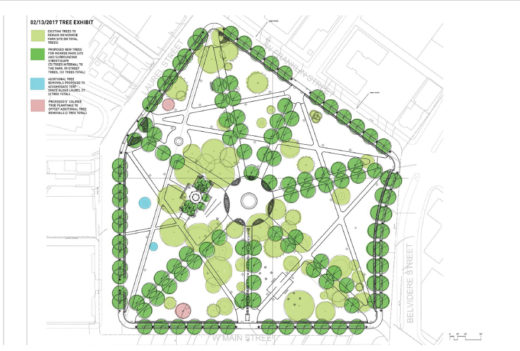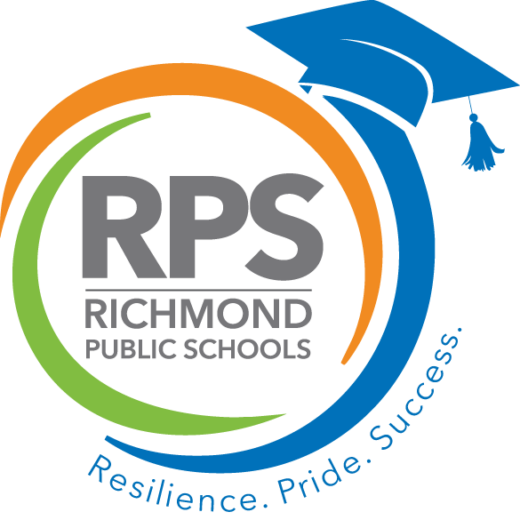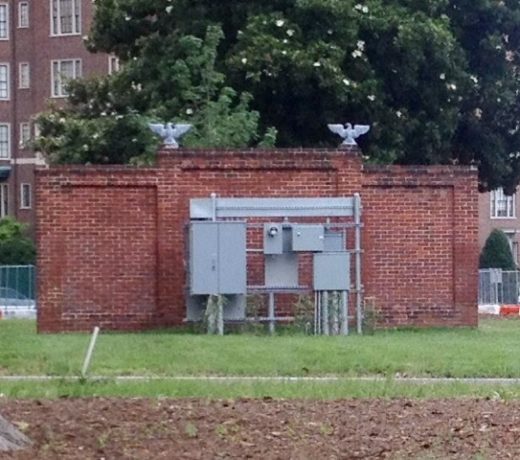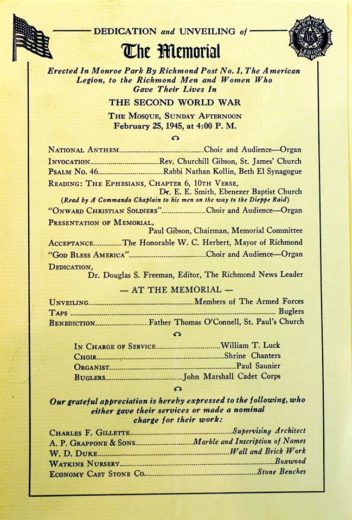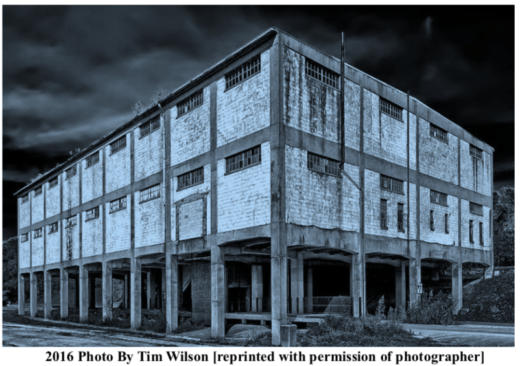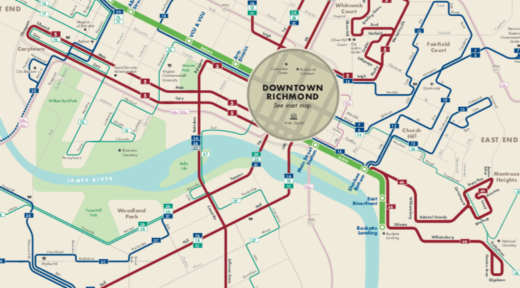Tomorrow night, the VCU Institute For Contemporary Art is hosting the following event:
Artist’s Choice: Art + Science
WEDNESDAY, SEP 19
6:00 pm – 8:00 pm
As Richmond strives to adapt to climate change this conversation, led by artist Jon-Phillip Sheridan, explores a number of related questions. How do we make our community healthier? How can we rectify social environmental injustice? What changes can be made to zoning to stop creating areas that are substantially hotter, have more air pollution and are food deserts?
Join Sheridan and urban farm activist Duron Chavis, bioengineer Stephen Fong, forest ecologist Chris Gough, and sustainability manager Alicia Zatcoff as they explore green urbanism and grassroots strategies to mitigate pollution and the urban heat island effect.
Audience members will receive native plant seed packets provided by Enrichmond Treelab. After the conversation, learn more about how you can get involved and enjoy free snacks and a cash bar at ICA’s Ellwood Thompson’s Cafe.
Jon-Phillip Sheridan is Assistant Professor at VCUarts Department of Photography and Film. Sheridan deconstructs photographs and found images, creating meticulous, kaleidoscopic arrangements that question materiality and the paradox of the picture plane itself.
Duron Chavis developed and organizes the McDonough Community Garden, an 8500 sq ft community garden located in a USDA denoted food desert in southside Richmond. He is the Manager of Community Engagement at Lewis Ginter Botanical Garden, where he coordinates initiatives around the topics of urban agriculture and food security.
Stephen Fong is Associate Professor of Chemical and Life Science Engineering at VCU. His research group works on systems biology, computational modeling, synthetic biology, metabolic engineering, and microbial evolution. Recently, Dr. Fong started SustainLab as an undergraduate research group focused on sustainability/quality of life topics.
Chris Gough is Assistant Professor of Biology at VCU. His research focuses on how climate, disturbance, and management shape forest, wetland, and urban ecosystem interactions with the climate system through their effects on atmospheric greenhouse gases. Chris is an advocate of open science and education resources, arts-sciences inte
Alicia Zatcoff is the first Sustainability Manager for the City of Richmond. She founded and developed the city’s sustainability and energy management program, focusing on improving the economic and environmental performance of city government and making RVA more livable, competitive, and resilient.
Sounds great. But here is something very important to consider- the VCU administration is responsible along with the Monroe Park Conservancy for the destruction of over 576 inches DBH of healthy mature trees in Monroe Park (the equivalent of 165 newly planted trees). Make no mistake about it, using the private-public partnership of the Monroe Park Conservancy, VCU officials have successfully connived their way around the desires, needs, and demands of City residents after previous attempts to do so failed. The problems with the Monroe Park ‘renovations’ have been documented. It is clear that the Mayor and City officials are determined to ignore them, but it is imperative that shade trees be replaced in this oldest of city parks to mitigate air pollution, storm water runoff and to reestablish wildlife habitat.
Here is the Feb 2017 tree exhibit that was presented to the City’s Urban Design Committee as part of the “Pavilion presentation”. It shows where the two replacement trees were supposed to go as well as the location of the “allee” plantings. As fence around Monroe Park FINALLY comes down, and tree planting season approaches, City Parks Director Frelke and other officials have a duty to make sure that VCU and the Conservancy add promised replacement trees, even if they will never make up for what was taken.


